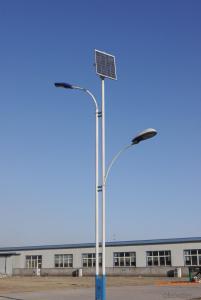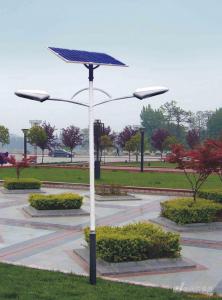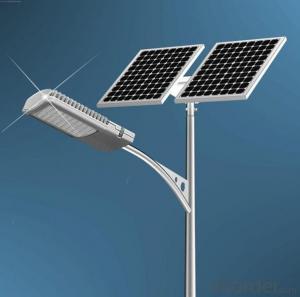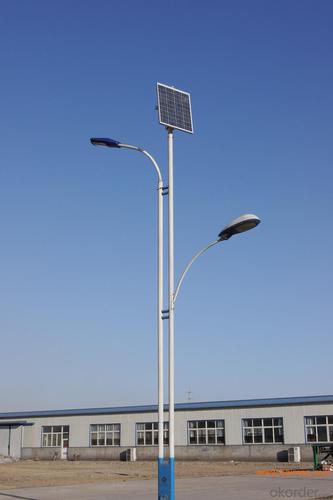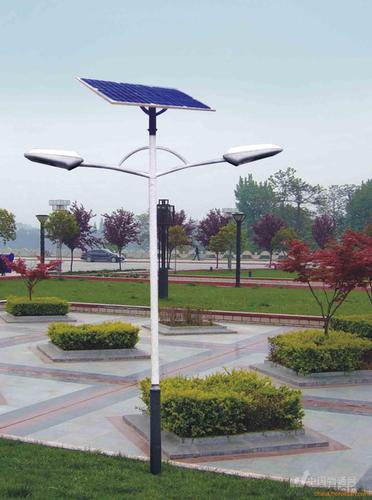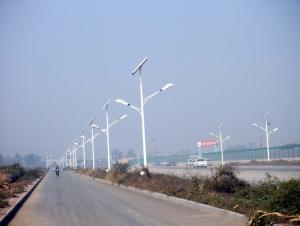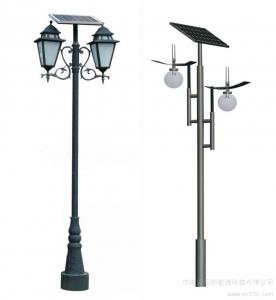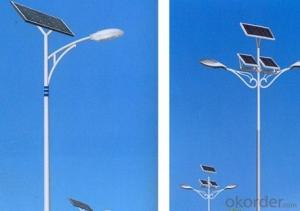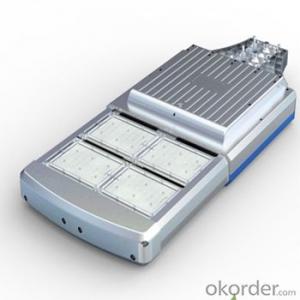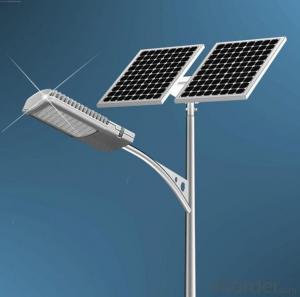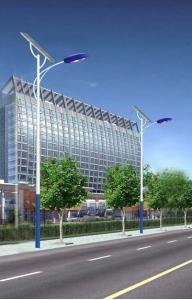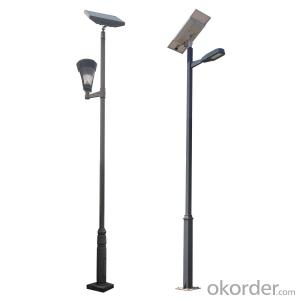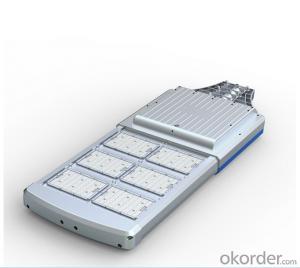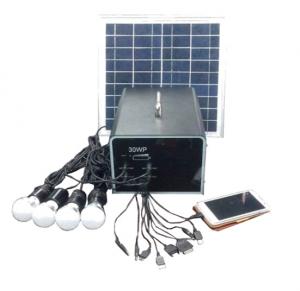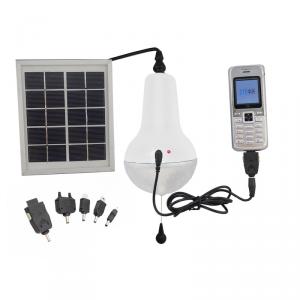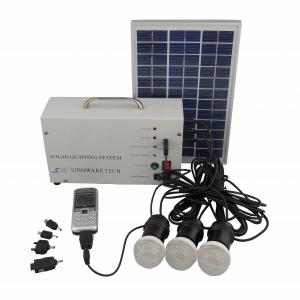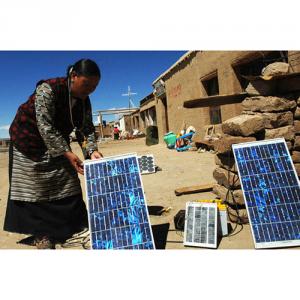Solar Light Outlet - Eco-Friendly, Cost-Saving Solar Street Lamps
- Loading Port:
- Ningbo
- Payment Terms:
- TT OR LC
- Min Order Qty:
- 1 set
- Supply Capability:
- 5000 set/month
OKorder Service Pledge
OKorder Financial Service
You Might Also Like
Step 1 – Find area in need of street lights
The first thing to figure out is the length of road in need of street lights. This can be a small entrance road only a couple hundred of feet long to miles of streets through an area. Does the area currently have any type of lighting available? What is the reason for needing street lights in this area?
Step 2 – Find out if electric is available
Is the electrical grid already nearby or would you need to call in the power company to bring in electrical lines? If the electric needs to be brought to the area, how much is this going to cost? Depending on how far the grid electric is from the location of the needed lighting, this can be quite expensive.
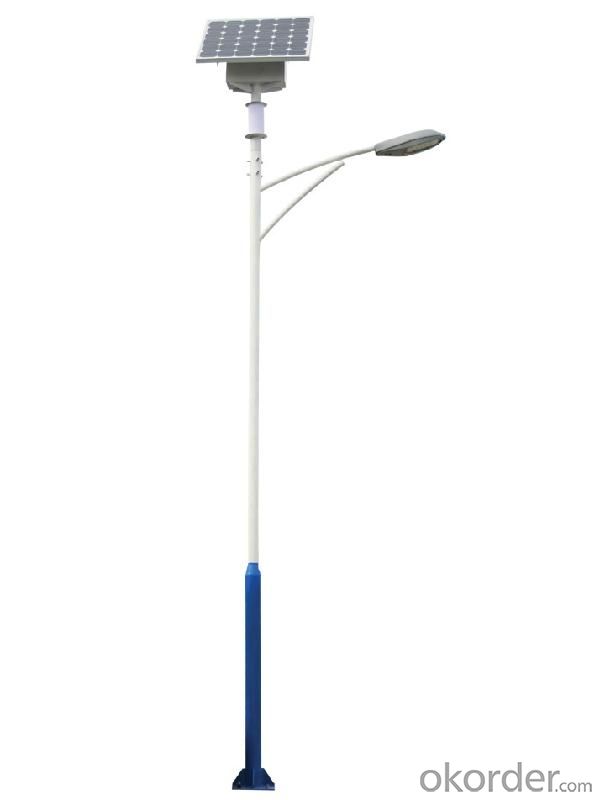
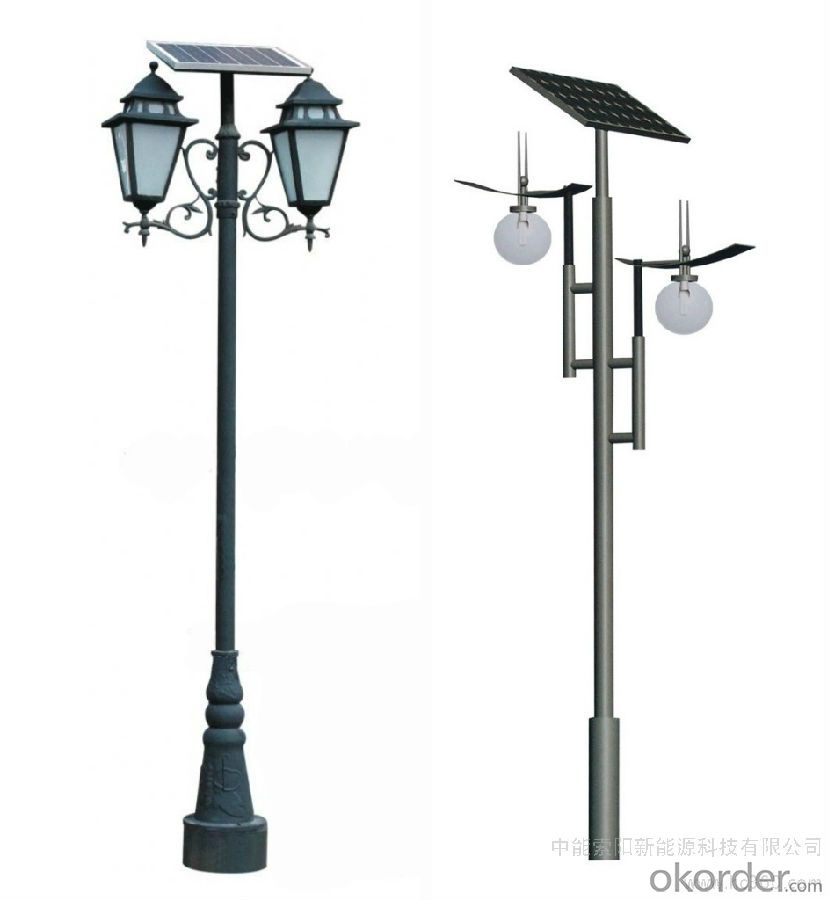
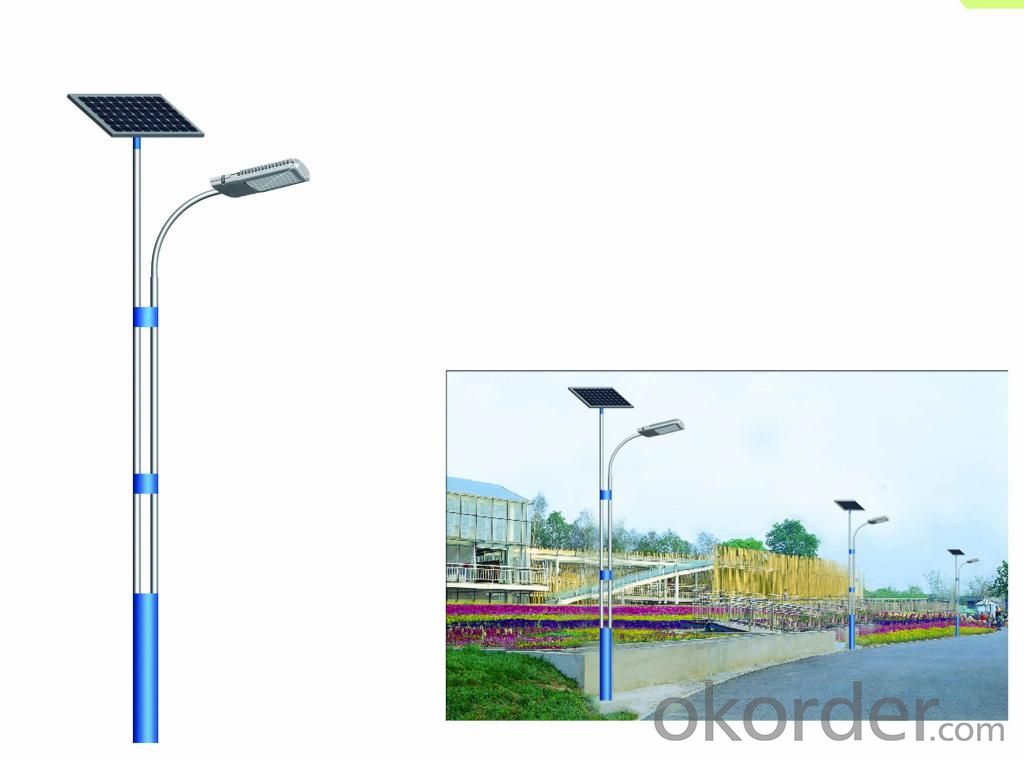
Step 3 – Determine the lighting requirements
How much lighting is needed on the street? Do the lights need to be dark sky compliant? Do the street lights need to run from dusk to dawn or for only a specified number of hours at night? Are the street lights able to dim in the middle of the night and still provide enough lighting? These questions need to be answered before you can decide on how many lights you will need to complete the project.
Step 4 – Find all alternatives
Solar power street lights are an option to traditional electrical lights. Solar street lights do not need the electrical grid to be brought in as they are self-contained units that provide their own electric provide the best lighting solution by using lower amounts of power, better optics, dimming features where needed, and cost less in an overall solution.
Step 5 – Contact companies for quotes
The last step after gathering the above information is to contact companies for quotes. Just like with anything else, get multiple quotes and weigh the pros and cons of every company and situation. The lowest quote is not always the best, so make sure to do your research on companies and products before you submit a purchase order.
If you take your time, do your research, and gather needed requirements, your next street lighting project will be a success. Never be afraid to ask a lot questions, they may save you time and money in the long run.
- Q: How do solar lights handle power surges or lightning strikes?
- Solar lights are designed to handle power surges and lightning strikes to a certain extent. Most solar lights have built-in surge protection mechanisms that help to minimize the impact of power surges and lightning strikes. These mechanisms typically include surge protectors and voltage regulators that can absorb and divert excess electrical energy away from the solar light, protecting it from damage. However, it is important to note that severe power surges or direct lightning strikes can still cause damage to the solar light despite these protections. In such cases, it is recommended to disconnect the solar light from its power source to ensure safety and prevent further damage.
- Q: How do solar lights charge during foggy weather?
- Solar lights rely on sunlight to charge their batteries. During foggy weather, the amount of sunlight reaching the solar panels is significantly reduced, which can affect the charging process. As a result, solar lights may not charge as efficiently or fully during foggy conditions compared to clear, sunny days.
- Q: How do solar lights handle power fluctuations due to voltage drops in the grid?
- Solar lights typically have a built-in voltage regulator that helps them handle power fluctuations caused by voltage drops in the grid. This regulator ensures stable power supply to the lights, allowing them to continue operating efficiently even during voltage drops.
- Q: Can solar lights be used for outdoor art festivals or fairs?
- Yes, solar lights can definitely be used for outdoor art festivals or fairs. They are a great eco-friendly lighting option that can create an inviting and vibrant atmosphere for such events. Solar lights are easy to install, require minimal maintenance, and do not rely on electricity, making them ideal for outdoor settings where access to power may be limited. Additionally, their versatility allows for creative placement and lighting designs, enhancing the overall aesthetic appeal of the festival or fair.
- Q: Do solar lights have adjustable brightness settings?
- Yes, some solar lights do have adjustable brightness settings.
- Q: Can solar lights be used for lighting up bike paths?
- Certainly! Solar lights are capable of illuminating bike paths. They serve as an excellent alternative to conventional electric lights due to their reliance on solar energy, which promotes energy efficiency and environmental consciousness. By installing them along bike paths, they ensure the safety of cyclists and pedestrians during nighttime hours. These lights are equipped with photovoltaic panels that absorb sunlight during the day and convert it into electricity, enabling them to power the lights at night. This eliminates the need for wiring, simplifying the installation process and reducing costs. Moreover, solar lights require minimal maintenance and possess the ability to function autonomously, automatically switching on and off based on the surrounding lighting conditions. All in all, solar lights represent a practical and sustainable solution for illuminating bike paths.
- Q: Introduction of solar lights is
- LED light source, the general use of LED lamp beads, led lamp beads without filament, mercury and other harmful substances, life of up to 50,000 hours.
- Q: How do solar lights perform in areas with frequent power outages?
- Areas with frequent power outages can greatly benefit from the use of solar lights. Unlike traditional lighting systems that rely on electricity from the grid, solar lights operate independently and do not require a constant power supply. They are equipped with photovoltaic panels that convert sunlight into electricity and store it in batteries for later use. This means that even during power outages, solar lights will continue to function and provide illumination. Solar lights are designed to be highly efficient and can store enough energy to last through the night. They typically have sensors that automatically detect when it gets dark and turn on the lights, ensuring continuous lighting even during extended power outages. Furthermore, many solar lights are equipped with energy-saving features such as motion sensors, which optimize their performance by activating only when presence is detected. One of the advantages of solar lights in areas with frequent power outages is their low maintenance requirements. Since they are not connected to the grid, there is no need to worry about expensive repairs or replacements of electrical components. Additionally, solar lights are generally durable and built to withstand various weather conditions, making them a reliable lighting solution even during unpredictable power disruptions. Moreover, solar lights are environmentally friendly and sustainable. By harnessing the power of the sun, they reduce the reliance on fossil fuels and contribute to a greener and cleaner environment. This makes them an ideal choice for areas that want to reduce their carbon footprint and promote renewable energy solutions. In conclusion, solar lights are an excellent solution for areas with frequent power outages. They offer reliable and continuous lighting, require minimal maintenance, and promote sustainability. Investing in solar lights can provide a cost-effective and efficient lighting solution, ensuring safety and illumination even during power disruptions.
- Q: Do solar lights emit any heat?
- Yes, solar lights do emit a small amount of heat, although it is significantly less compared to traditional incandescent or fluorescent lights. The heat generated by solar lights is primarily due to the conversion of solar energy into electrical energy, but it is generally not noticeable or significant.
- Q: Can solar lights be used in developing countries?
- Yes, solar lights can be used in developing countries. They provide a reliable and affordable source of lighting, particularly in areas with limited access to electricity. Solar lights are a sustainable solution that can help improve living conditions, enhance safety, and support economic development in these regions.
Send your message to us
Solar Light Outlet - Eco-Friendly, Cost-Saving Solar Street Lamps
- Loading Port:
- Ningbo
- Payment Terms:
- TT OR LC
- Min Order Qty:
- 1 set
- Supply Capability:
- 5000 set/month
OKorder Service Pledge
OKorder Financial Service
Similar products
Hot products
Hot Searches
Related keywords
